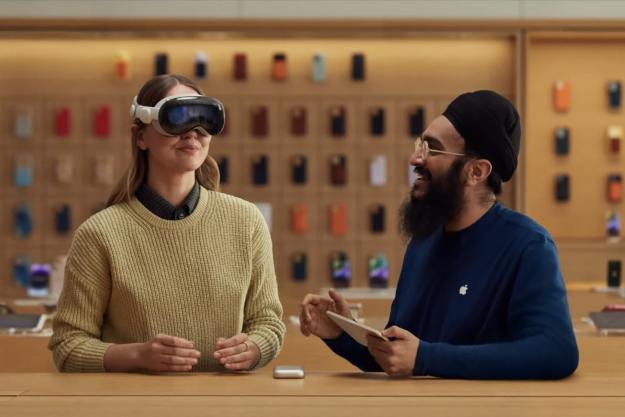
A three-pronged strategy lies at the heart of Apple’s bold new investment. The company pledged to increase direct employment of American workers, grow the amount of spending with U.S.-based suppliers and manufacturers, and finally, encourage further growth of the app economy.
“Apple is a success story that could only have happened in America, and we are proud to build on our long history of support for the U.S. economy,” Apple CEO Tim Cook said in a statement. “We believe deeply in the power of American ingenuity, and we are focusing our investments in areas where we can have a direct impact on job creation and job preparedness. We have a deep sense of responsibility to give back to our country and the people who help make our success possible.”
While the company has often come under fire for outsourcing many of its operations to foreign countries, Apple is firing back at critics by creating more than 20,000 new jobs in the next several years by hiring both at existing campuses and opening a new one. The location of the newest facility has yet to be announced, but upon opening, will “house technical support for customers.” Apple is also planning on investing in data centers around the U.S. and to ensure that none of the company’s many facilities are unnecessarily chipping away at American resources, the company is ensuring that all Apple infrastructure is powered entirely by renewable energy sources.
Apple is also increasing the size of its Advanced Manufacturing Fund from $1 billion to $5 billion with the goal of supporting innovation within U.S. manufacturers. Already, the company works with more than 9,000 American suppliers located throughout the 50 states, and Apple is re-upping its commitment to supporting fellow U.S.-based businesses.
Finally, Apple is looking to educate young people in order to grow not only the app economy but the tech industry as a whole. Promising to “accelerate its efforts across the U.S. in support of coding education as well as programs focused on science, technology, engineering, arts, and math (STEAM),” Apple is preparing more young Americans for an innovative future. The company will also be expanding coding initiatives for students and increasing funding for ConnectED, a program that teaches youngsters from historically underserved backgrounds to learn important skills.
Editors' Recommendations
- I keep forgetting about the Apple Watch Series 9’s coolest feature
- Samsung just launched a $400 phone in the U.S., and it looks great
- Apple quietly backtracks on the MacBook Air’s biggest issue
- Here’s why the Vision Pro succeeded where the Apple Car failed
- Robocalls using AI-powered voice-cloning tech banned by U.S. agency


